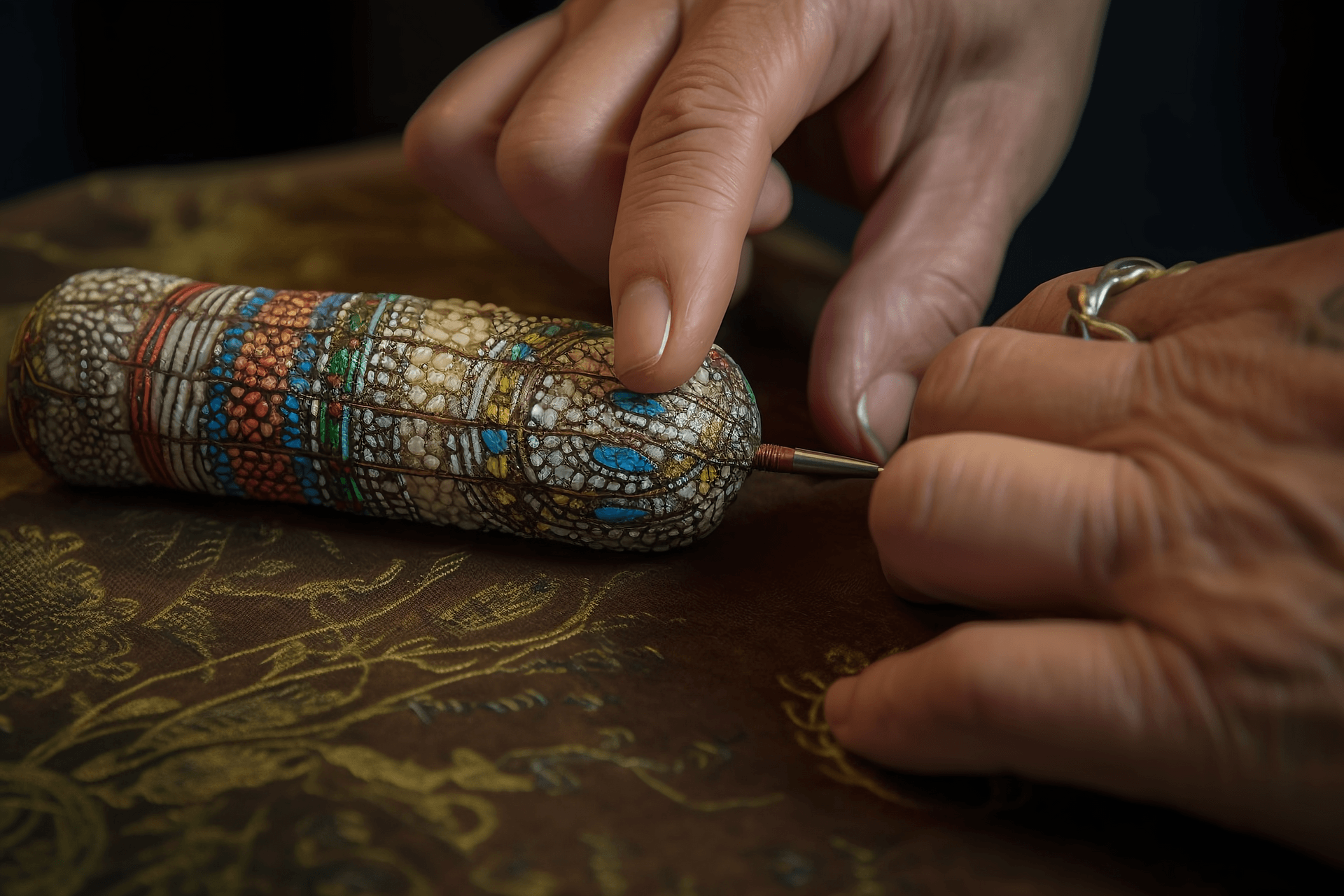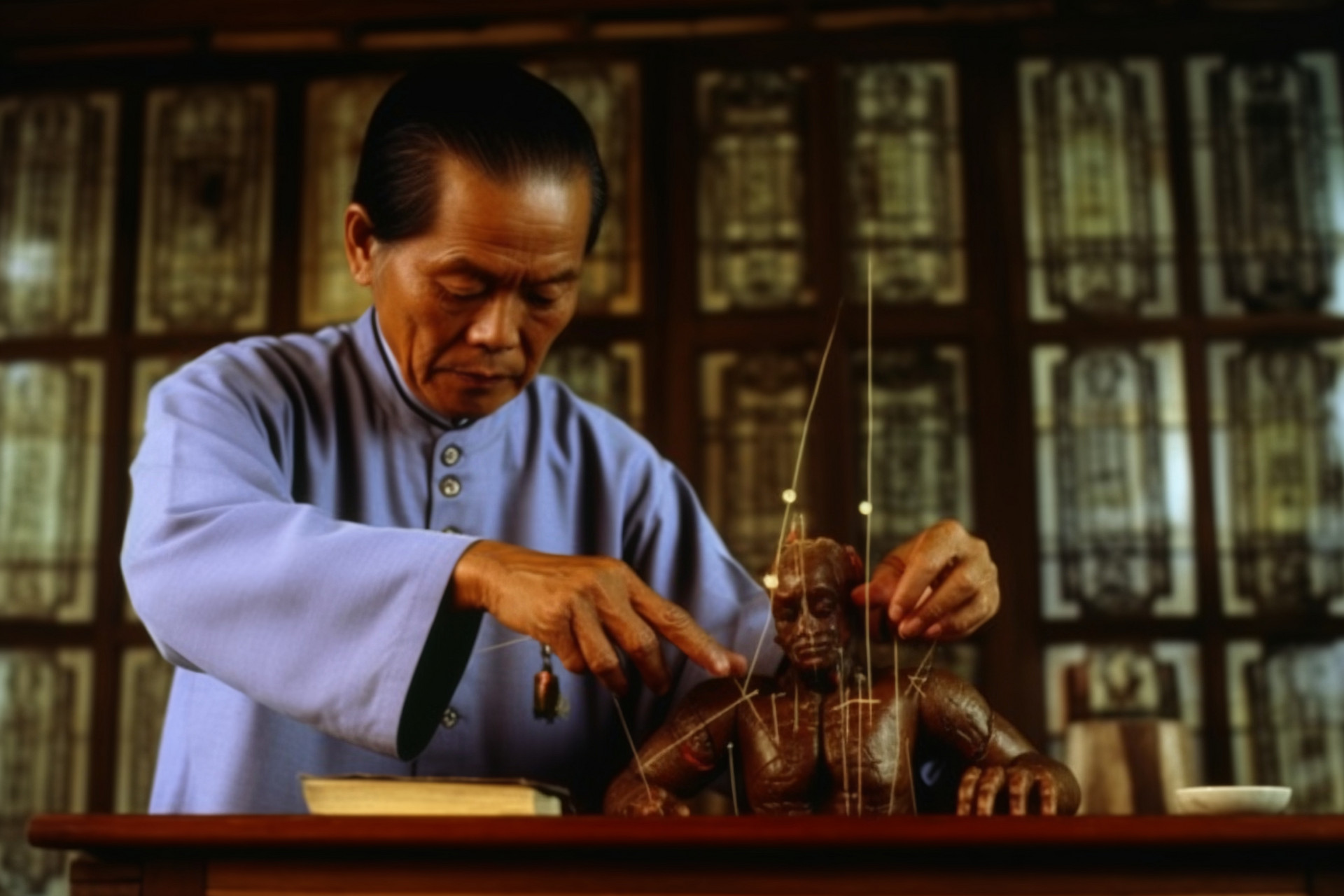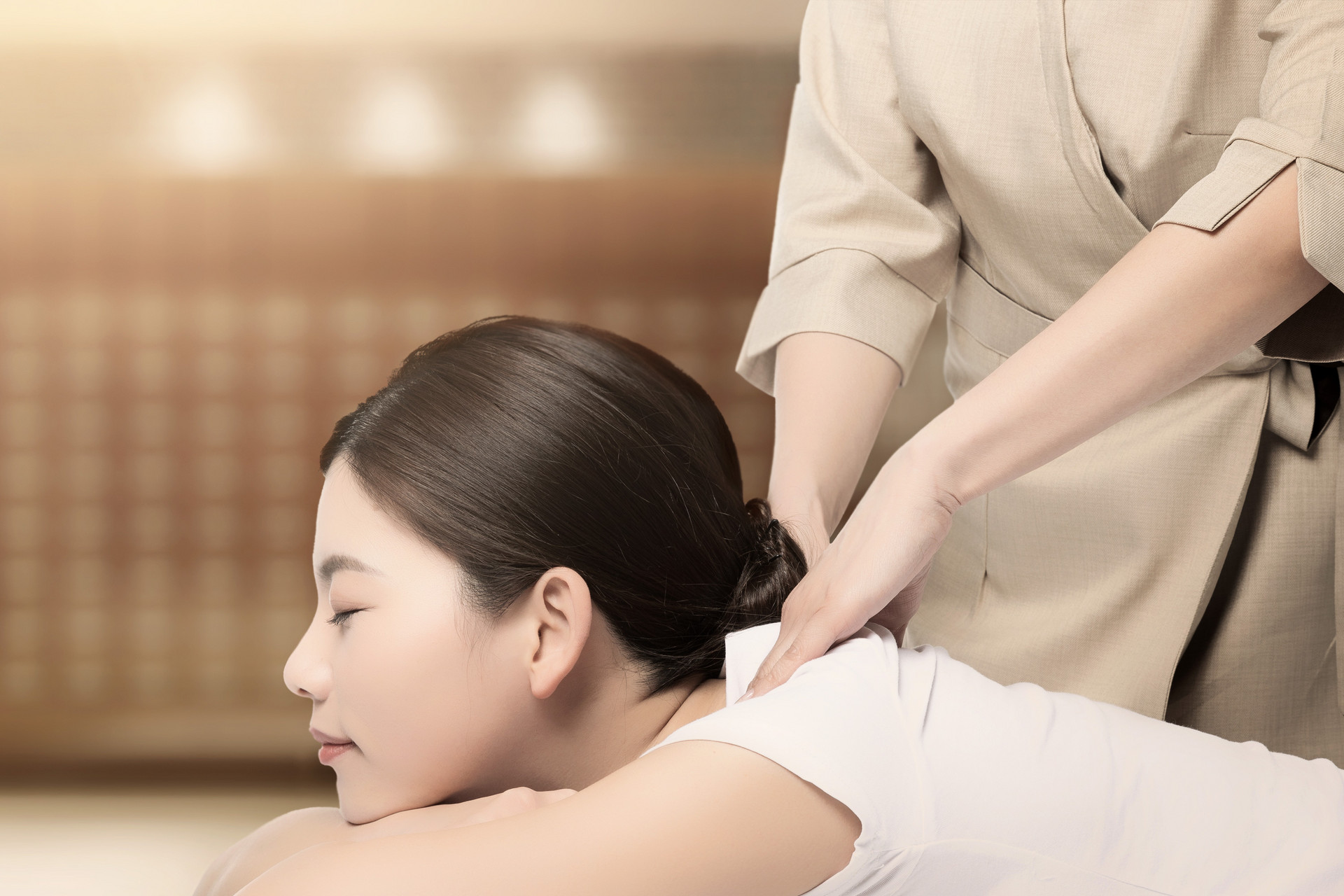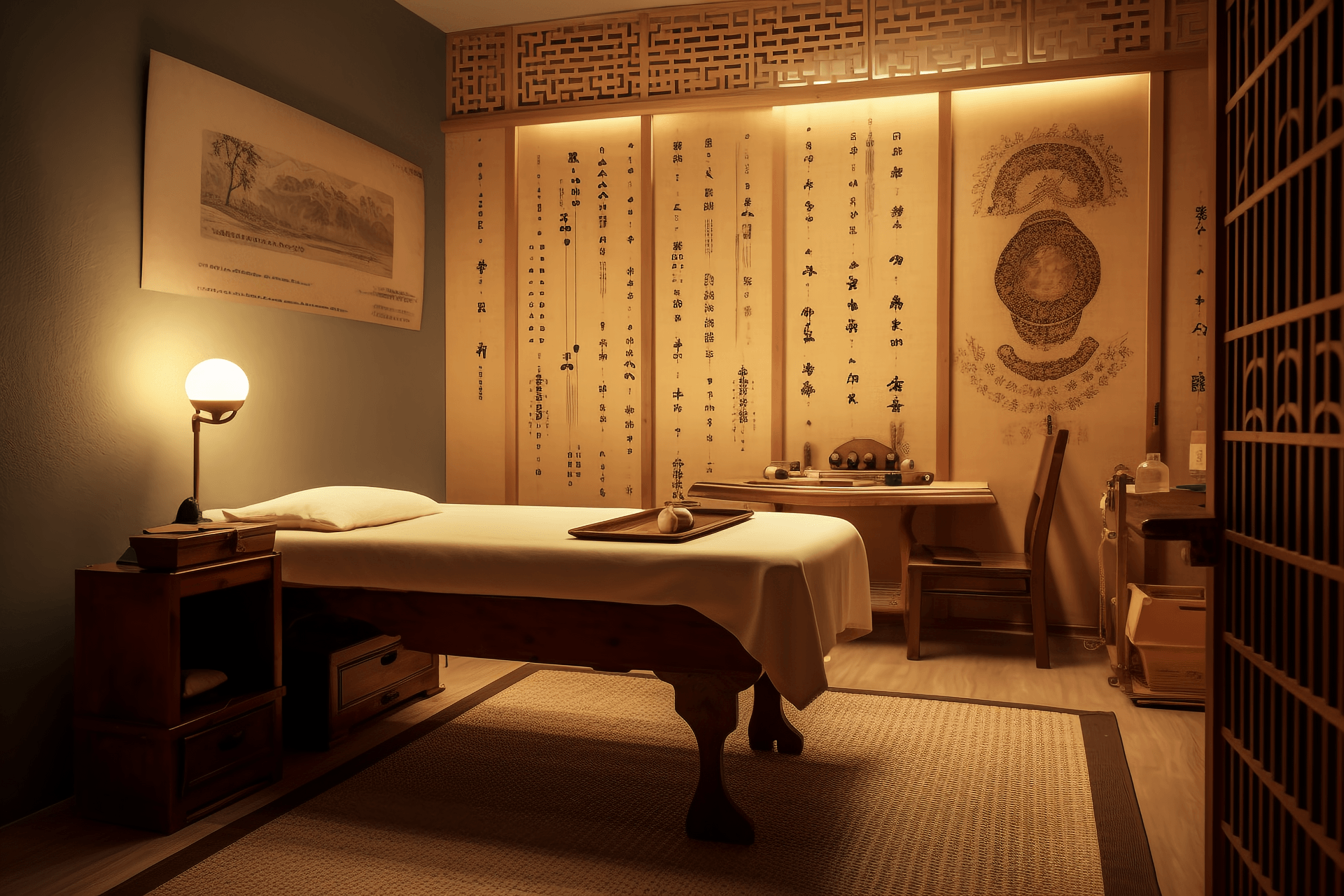The representation of organs or parts of the body by the foot acupuncture points and hand acupuncture points is generally the same. For example, the big toe represents the lower limbs in both the hand and foot. Additionally, the foot acupuncture points system is divided into six parts, just like the hand acupuncture points system. These parts are divided by yin-yang lines and include the foot reflex, foot viscera, tibia inverted viscera, tibia inverted reflex, fibula inverted reflex, and fibula inverted viscera. By stimulating the acupuncture points in these "viscera" and "reflex" areas or regions of the foot, various diseases of the body can be treated. The distribution and positioning of the acupuncture points in the foot and hand are similar. For example, the "foot reflex" area is similar to the "hand reflex" area, the "tibia inverted reflex" is similar to the "radius inverted reflex," and the "fibula inverted reflex" is similar to the "ulna inverted reflex." However, there are slight differences in the positioning of the head of the "viscera" and "reflex" acupuncture points in the hand and foot. The head of the "tibia inverted reflex" in the foot is located above the talus bone and the first cuneiform bone on the near side, while the head of the "radius inverted reflex" in the hand is located above the styloid process of the radius on the back of the wrist. The head of the "fibula inverted reflex" in the foot is located above the cuboid bone, while the head of the "ulna inverted reflex" in the hand is located above the styloid process of the ulna on the back of the wrist.
The positioning of the foot acupuncture points is shown in Figure 1-1. In addition, the functions, indications, selection and combination of acupuncture points, techniques, treatment of diseases, and precautions are all the same as hand acupuncture points.


Figure 1-1











